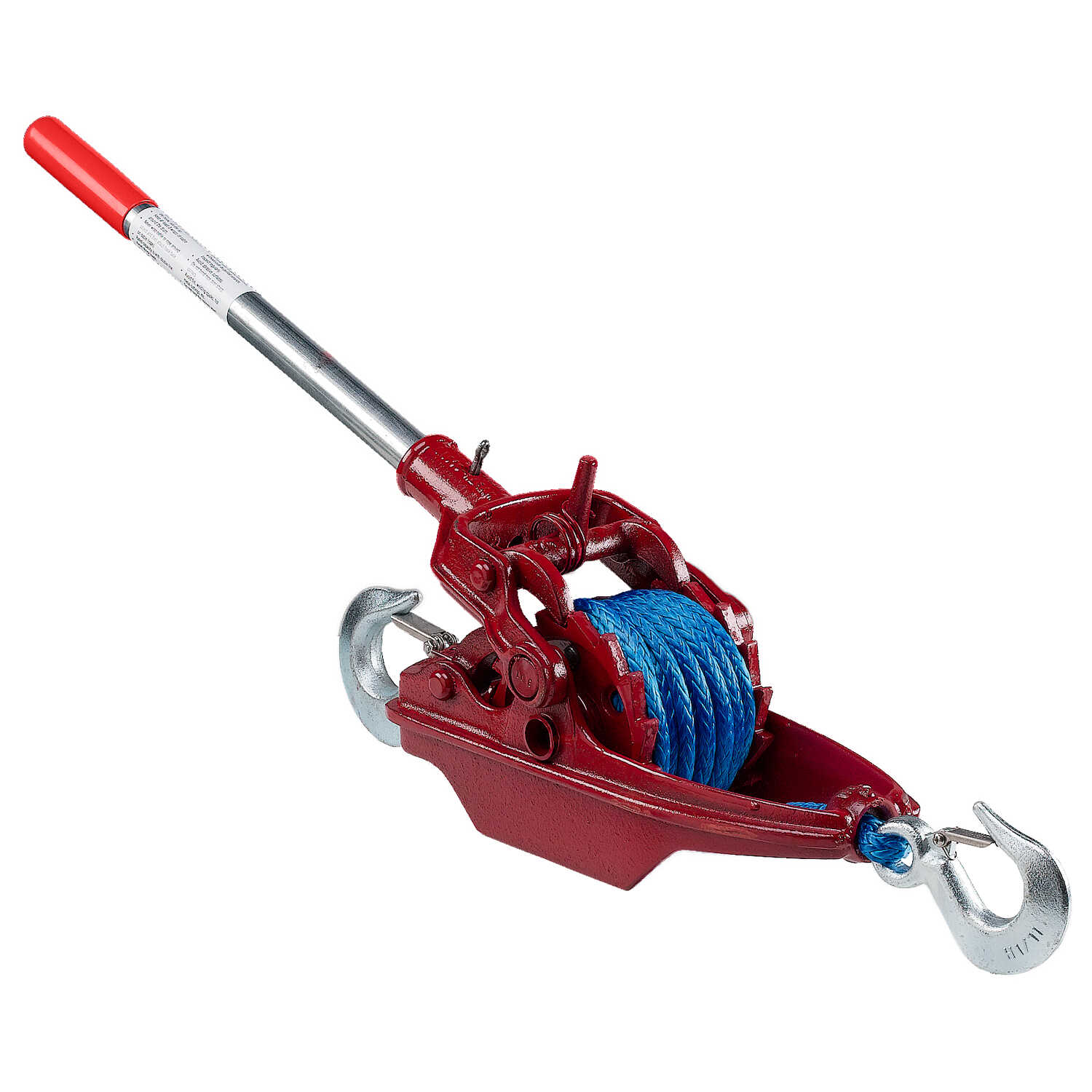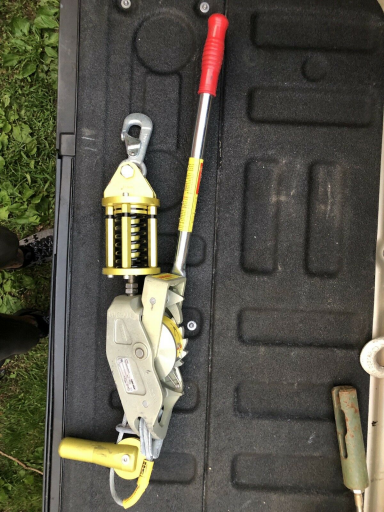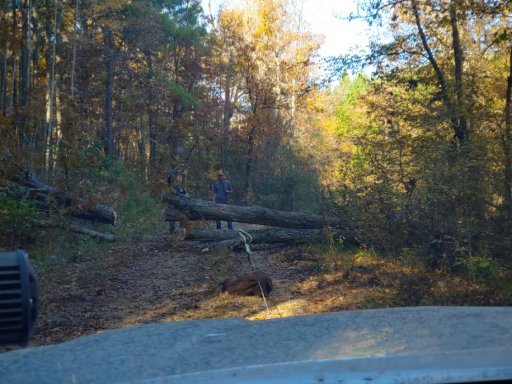Absolutley — recovery is easily the most dangerous part of overlanding, and caution is always called for. I think based on those weights I would agree that an 8k lbs unit would suffice.This thought occurred to me fairly early on. It is most certainly worth keeping in mind if one is about to deploy a come along for recovery.
The curb weight on an RD1 CR-V is just over 3000lbs, the GVRW is just below 4000lbs I believe, so if I had an 8000lb come along, it should be rated for double my weight, even if I fully load the vehicle right up to its GVRW, which I have never come close to. Double is a decent safety margin, but even so, I appreciate you bringing up the point - extreme caution is the order of the day, I think.
Another suggestion to explore might be a chain come along; they are much heavier but the nice thing with chain is it doesn’t whip when it breaks (minimal potential energy storage under tension), it just collapses. A lighter option with a similar principle would be using synthetic winch cable instead of steel, but I’ve never seen a synthetic cable comealong. You could probably use a chain comealong and then extend your pull range with synthetic cables, but that might get pricey.
For what it’s worth we bought these and are very pleased with them for the price:









